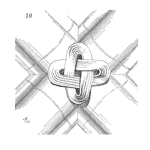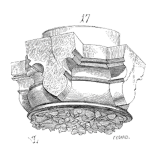
With the kind permission of Wayne Nelson and Robert Abernathy, we are posting an article on the analysis of repair data. As you may know, the assumptions made when using simple time-to-failure analysis of repairable systems may provide misleading results. Using the analysis method outlined by Wayne is one way to avoid those costly mistakes.
[Read more…]










